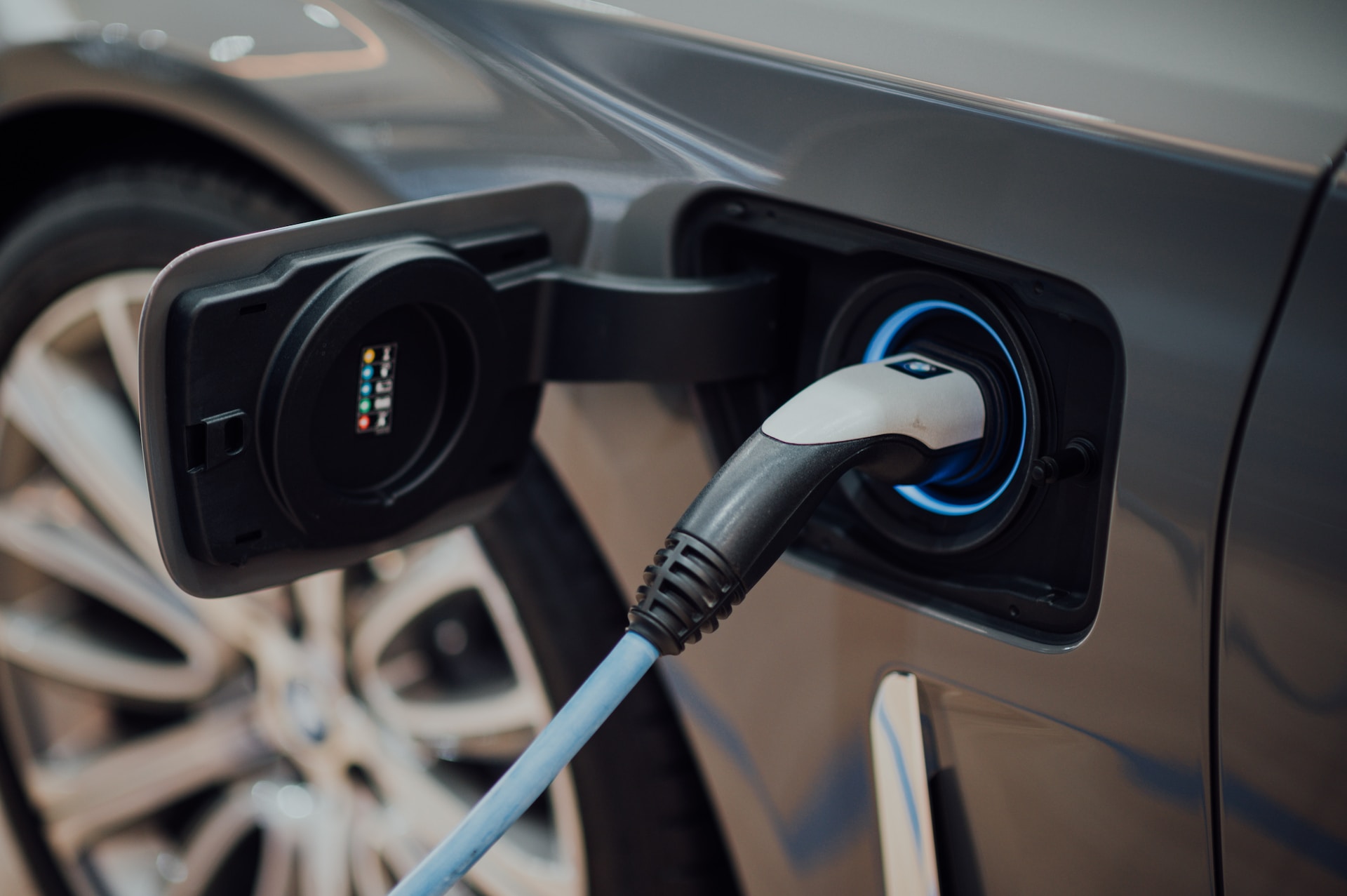As Electric Vehicle ownership increases, strategic planning becomes crucial for successful road trips
With the growing number of American drivers opting for driving an Electric Vehicle (EVs), it’s essential to plan ahead for a smooth and enjoyable road trip. While the EV infrastructure continues to expand, first-time EV owners may need to take additional steps to ensure a successful journey on the road.
Kevin Quinn, vice president of auto claims at Mercury Insurance, emphasizes the importance of meticulous trip planning for EV travelers. “To travel successfully in an EV, thorough trip planning is crucial. Mapping out your route around EV charging stations and ensuring your vehicle is prepared by conducting a comprehensive check of its components can help you avoid potential headaches along the way.”
Essential tips to enhance your holiday travels in an electric vehicle:
Plan your trip in advance: Utilize resources such as PlugShare, EVgo, Electrify America, and Tesla’s apps to organize your trip around available charging units. These apps allow you to specify the type of EV you drive, ensuring access to chargers compatible with your vehicle. Additionally, many popular tourist attractions and hotels offer complimentary access to charging stations for their guests.
Understand your charger requirements: Except for Tesla vehicles, which come with an adapter for non-Tesla chargers, most EVs can be charged at any compatible charging station. It’s important to know your vehicle’s plug type and ensure you have the necessary tap card or mobile app to access the specific charging station.
Familiarize yourself with the different levels of public chargers:
- Level 1 chargers are often free but are the slowest option, requiring significant time to fully charge your vehicle.
- Level 2 chargers, commonly found at charging stations and RV parks, offer faster charging, reducing the time needed for a full charge.
- Level 3 chargers provide the quickest charge but tend to be more expensive. However, they are still more cost-effective compared to traditional fuel.
As a general guideline, plan for a recharge when your EV’s battery level reaches a comfortable range. This approach is beneficial for the battery’s longevity and allows for flexibility in traffic conditions before reaching the nearest charging station.
Roadside assistance for EVs: Before embarking on your journey, ensure your insurance policy includes roadside assistance tailored for EVs. Some plans offer tow trucks equipped with portable chargers or flat-bed trucks capable of transporting your vehicle to a nearby charging station. Inform the service provider that you are traveling in an electric vehicle to ensure appropriate assistance.
Be flexible and have a backup plan: Road trips often bring unexpected situations, including inclement weather or road delays. Prior to setting out, have a backup plan in place and map alternative routes with charging stations in case your itinerary needs adjustments.
As EV infrastructure continues to improve and electric vehicles become more prevalent, charging options will expand. In the meantime, calculate the distance between charging stations and consider your vehicle’s mileage range. Being prepared and allowing for flexibility will contribute to a positive EV road trip experience.
By implementing these strategic planning tips, EV owners can confidently embark on their road trips, making the most of their electric vehicles while enjoying a hassle-free journey.
